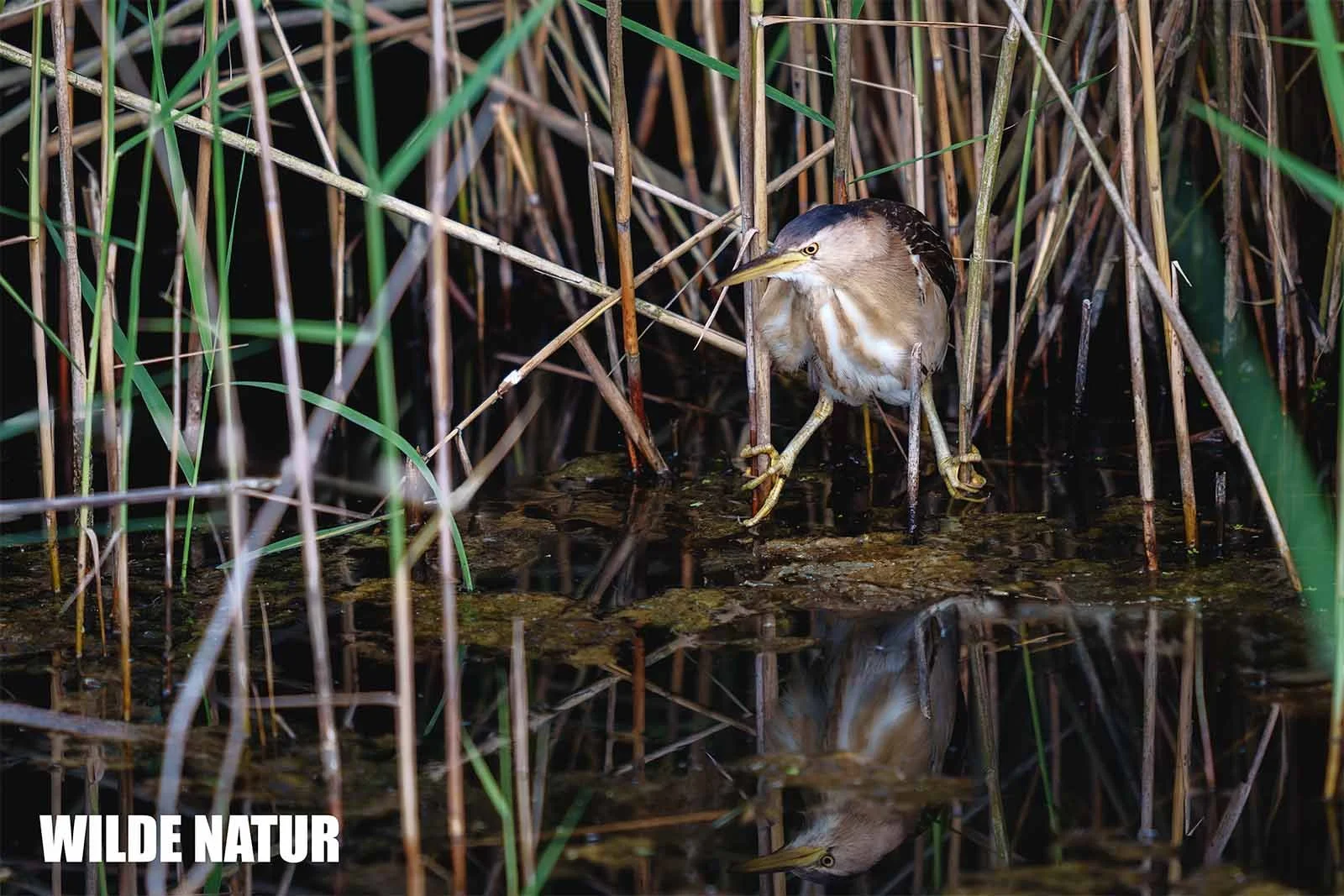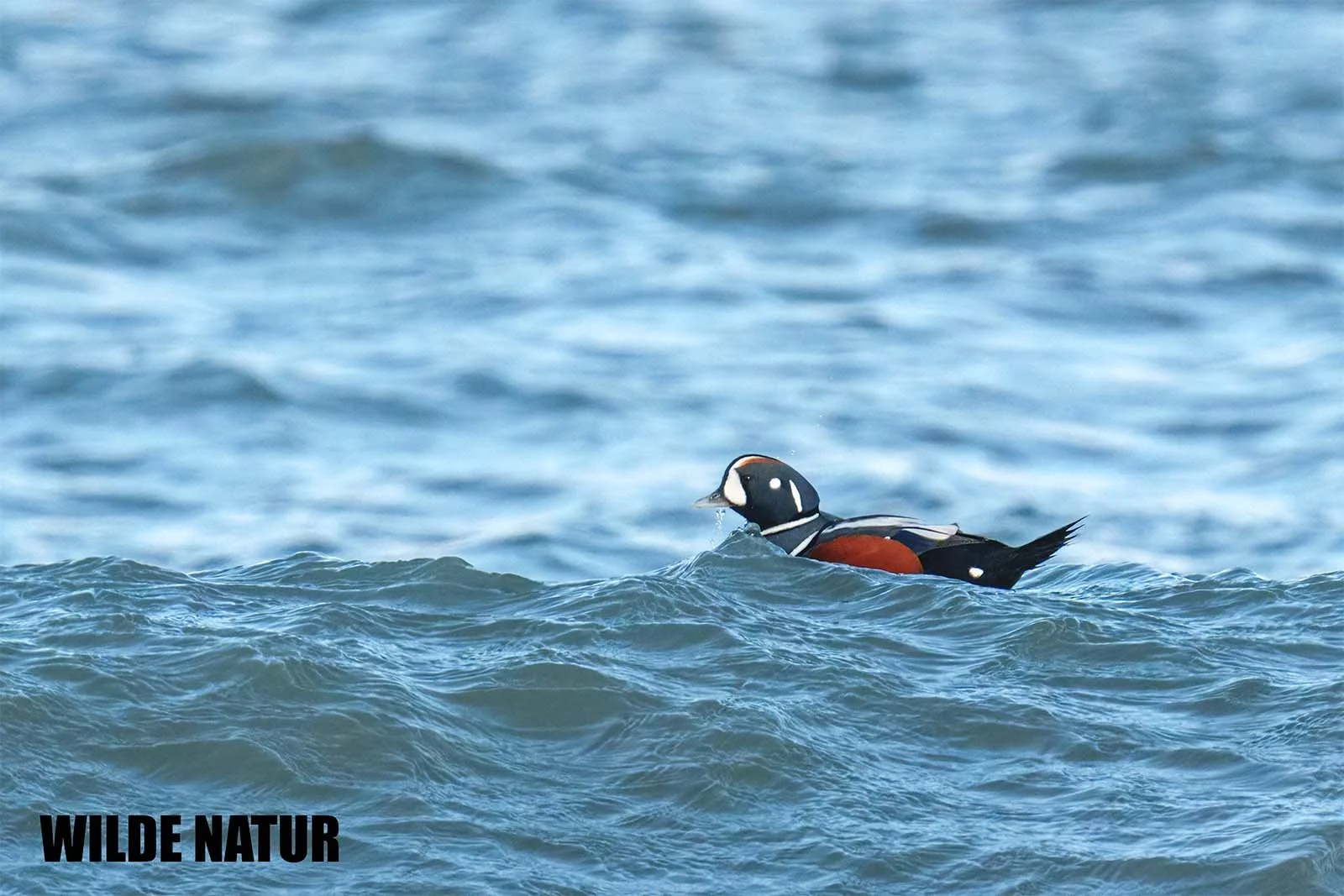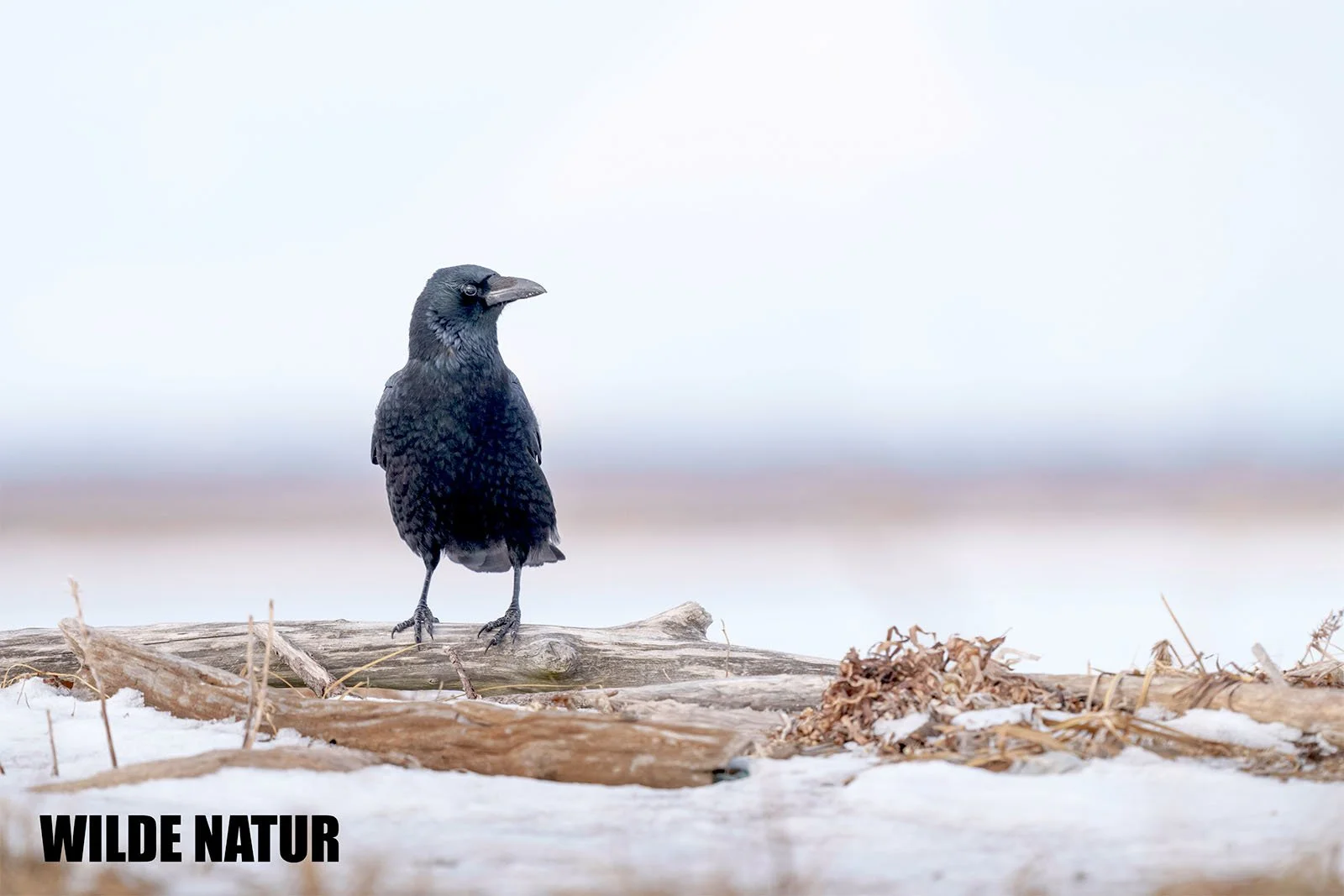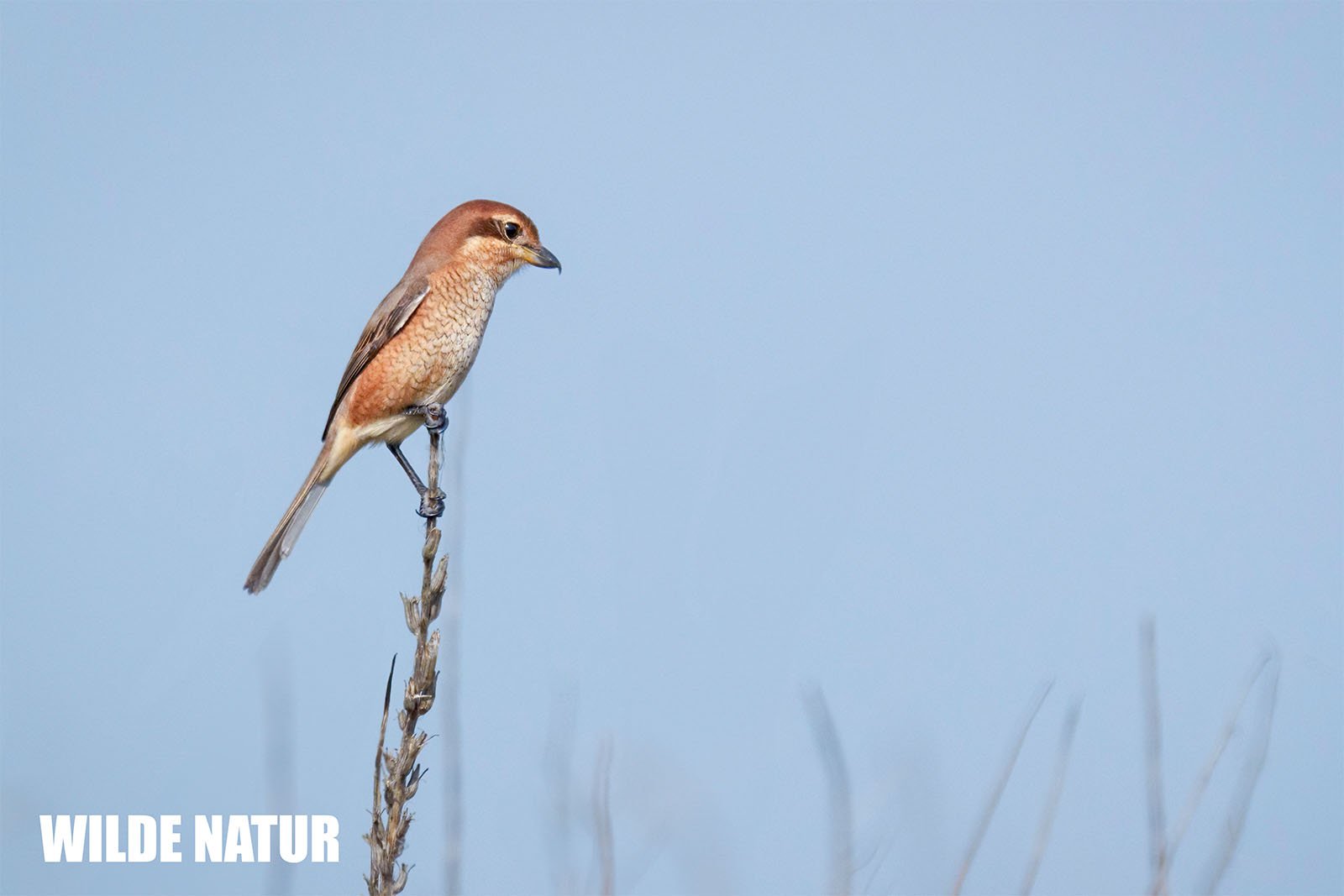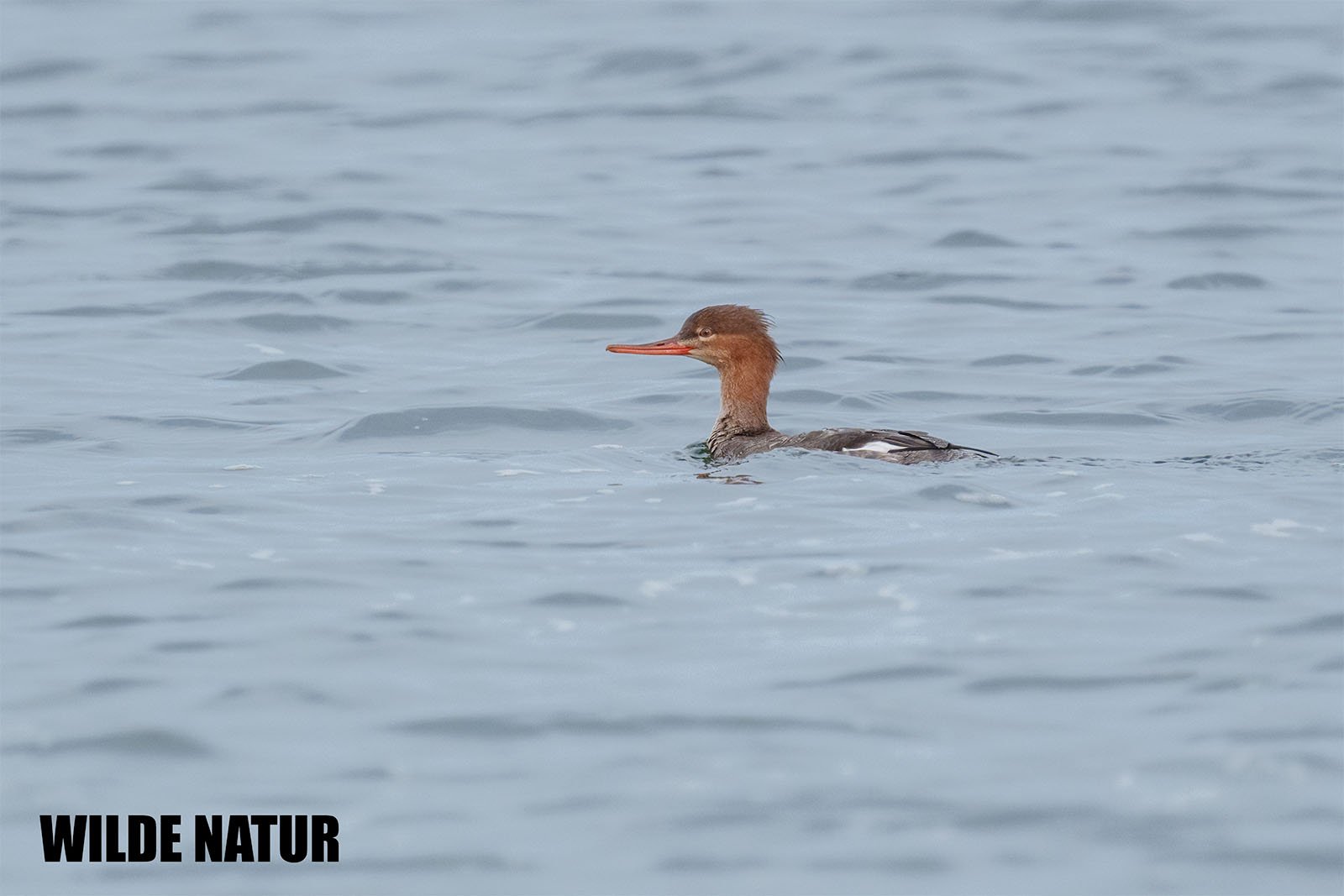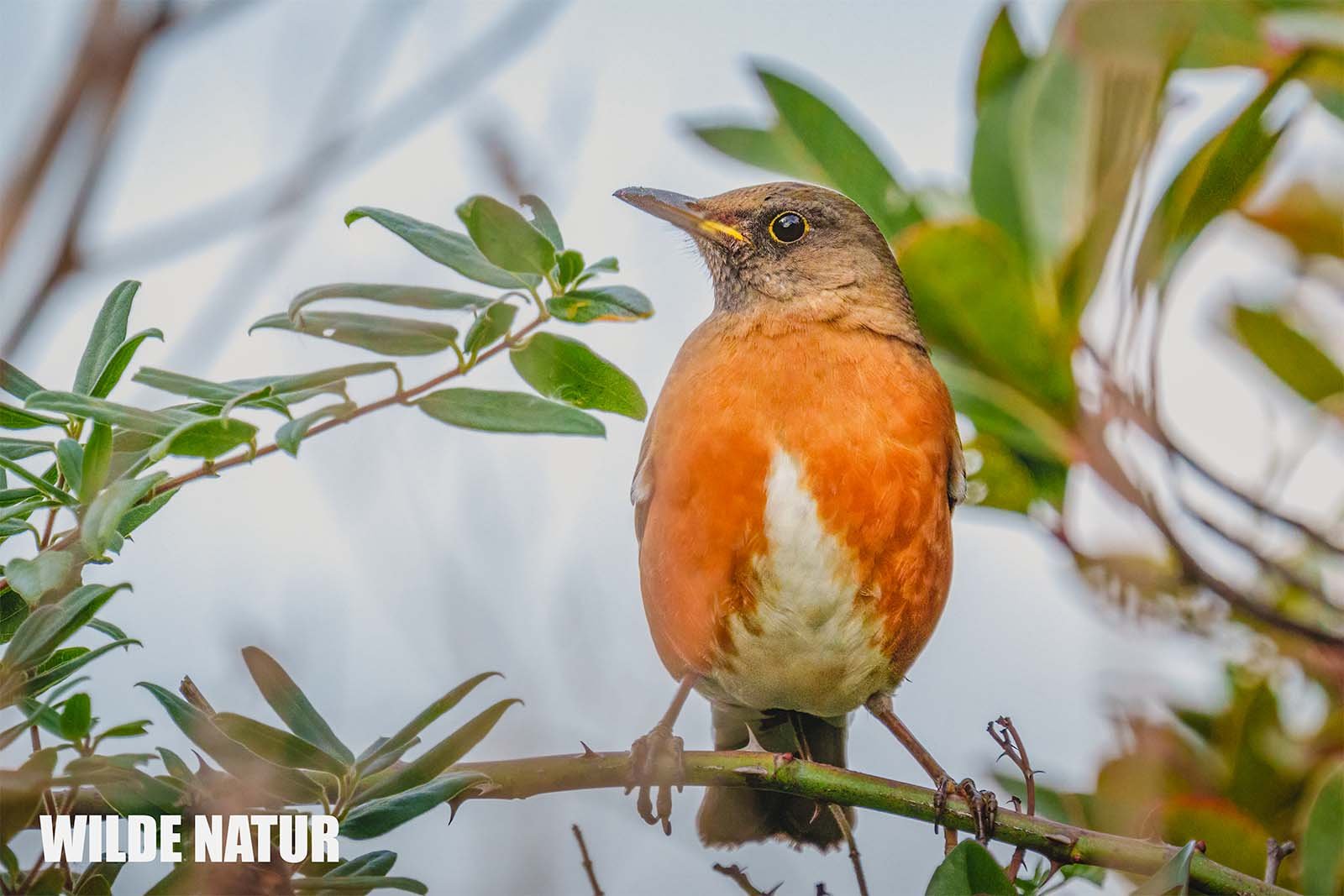Japanese Pygmy Woodpecker (Yungipicus kizuki)
Pygmy woodpecker (Yungipicus kizuki)
Japanese Pygmy Woodpecker – Japan’s Smallest Woodpecker
The Japanese Pygmy Woodpecker (Yungipicus kizuki) is Japan’s smallest woodpecker – nimble, quiet, and perfectly adapted to life in trees from forests to city parks.
Shortlist – At a Glance
- Scientific Name: Yungipicus kizuki
- Common Name: Japanese Pygmy Woodpecker
- German Name: Kizukispecht / Japanischer Kleinspecht
- Size: 13–15 cm
- Weight: 20–25 g
- Plumage: Brown and white stripes above, pale belly with streaks
- Markings: Males with a red patch on the back of the head
- Beak: Short, pointed, sturdy
- Diet: Insects, spiders, seeds
- Breeding: Tree cavity nester, 5–7 eggs
- Habitat: Forests, gardens, urban trees
- Status: Widespread, not endangered
Table of Contents
- Introduction
- Appearance
- Habitat
- Diet
- Breeding
- Seasonal Behavior
- Population and Conservation
- Species Profile
- Conclusion
Introduction
Small, fast, and often heard before it’s seen – the Japanese Pygmy Woodpecker is a miniature forest worker that lives wherever trees stand. With its soft drumming and striped plumage, this tiny bird may go unnoticed, but once recognized, it’s unmistakable.
Appearance – Small, Striped, and Specialized
Measuring just 13 to 15 centimeters in length and weighing 20 to 25 grams, the Japanese Pygmy Woodpecker is not only Japan’s smallest woodpecker but also one of the smallest in the world.
Key Features:
- Brown upperparts with white crossbars
- Whitish underparts with dark vertical streaks
- Brown head with a pale eyebrow stripe
- Males have a small red patch on the back of the head
- Short, strong, pointed beak for pecking and tapping
- Strong legs and claws; short, stiff tail for climbing support
The bird appears compact and sturdy – a climbing tool wrapped in feathers.
Habitat – Tree-Lover with a Talent for Adapting
The Japanese Pygmy Woodpecker is widespread across all four main islands of Japan: Hokkaidō, Honshū, Shikoku, and Kyūshū.
Preferred habitats:
- Deciduous, mixed, and coniferous forests
- Parks, gardens, cemeteries with mature trees
- Urban areas, as long as deadwood and old trees are available
Dead trees or branches are especially vital – they provide both food and nesting sites.
Diet – Constantly Searching
This bird is an active insect hunter, foraging along thin branches and in tree bark crevices.
Diet includes:
- Insects and larvae
- Spiders
- In winter: seeds and small beetles
It taps, picks, and even forages upside-down among the branches. Usually seen alone or in small family groups, it’s always on the move.
Breeding – A DIY Nesting Expert
From April to June, the Japanese Pygmy Woodpecker starts building its nest – usually carved into soft or decaying wood.
- Nest hole: small, round entrance
- Nest chamber: hidden deep inside the trunk
- Clutch: 5 to 7 eggs
- Both parents incubate and feed the chicks
- Young fledge after about three weeks, often staying nearby
A true handyman in feathered form.
Seasonal Behavior – Resident and Industrious
This species is a year-round resident and does not migrate.
- In winter, it’s more visible in lower elevations
- Active throughout the year, though quieter outside breeding season
- Drumming sounds serve to mark territory, especially in spring
The rhythmic tapping is a subtle yet steady part of Japan’s forest soundscape.
Population and Conservation – Common and Stable
The Japanese Pygmy Woodpecker is not endangered in Japan. It thrives in various environments – from remote forests to city parks and even cemeteries.
Why it's successful:
- High adaptability
- Use of dead trees in urban settings
- Not overly sensitive to human presence
As long as old trees and deadwood are preserved, this little woodpecker will continue to thrive.
Species Profile – Japanese Pygmy Woodpecker
| Trait | Description |
|---|---|
| Scientific Name | Yungipicus kizuki |
| Common Name | Japanese Pygmy Woodpecker |
| German Name | Kizukispecht / Japanischer Kleinspecht |
| Size | 13–15 cm |
| Weight | 20–25 g |
| Plumage | Brown-white stripes above, white underside with lines |
| Marking (male) | Red patch on nape |
| Beak | Short, pointed, dark-colored |
| Diet | Insects, spiders, seeds, larvae |
| Breeding Season | April–June |
| Clutch Size | 5–7 eggs, tree cavity nester |
| Seasonal Behavior | Resident year-round |
| Habitat | Forests, parks, gardens, urban green spaces |
| Conservation Status | Not threatened, widespread |
Small Bird, Big Impact
The Japanese Pygmy Woodpecker proves that small birds can do great things. It’s a tireless climber, a clever forager, and a full-time resident of Japan’s wooded landscapes – whether in wild mountains or quiet city parks.
Its soft tapping may go unnoticed by many, but to those who listen, it’s a quiet symbol of persistence, balance, and the remarkable life found even in the smallest corners of nature.




